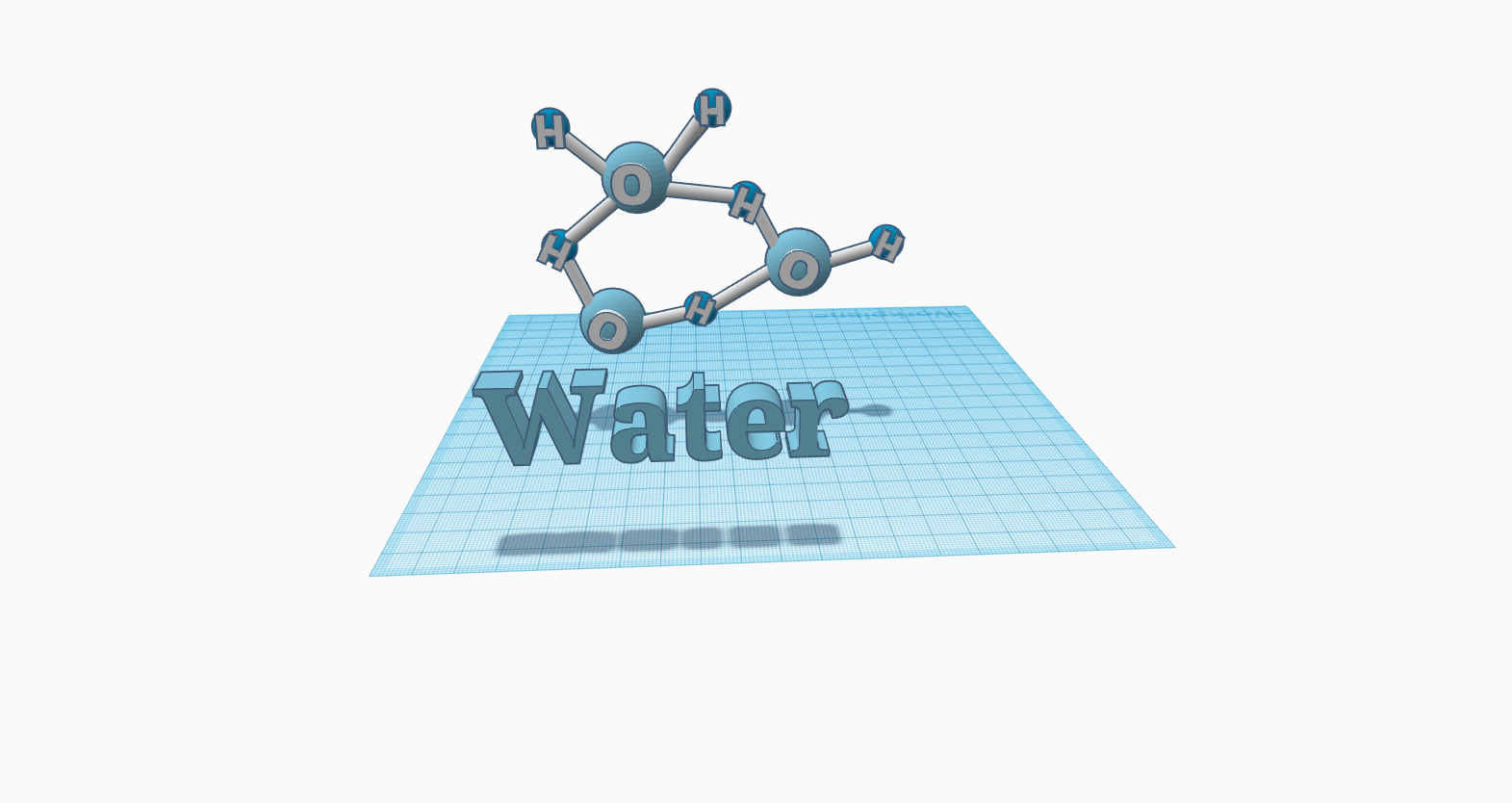
Water makes 70% of the Earth's surface and it makes up as much as 95% of the living organisms.
Water is a polar molecule composed of oxygen and hydrogen. They are attracted by a covalent bond or the sharing of electrons. The oxygen atom attracts the shared electrons much more than the hydrogen atoms. As a result, the oxygen atom acquires a partial negative charge, while the hydrogen atoms acquire a partial positive charge.
Because the oxygen nucleus has strong attraction for the hydrogen electrons, the hydrogen atom is distorted from the usual position resulting in the formation of a 105° angle between the hydrogen atoms.
Because this asymmetry of the hydrogen atoms, the water molecule is highly polarized with a strong separation of positive charge (hydrogen) and negative charge (oxygen). This polarization causes the water molecules to attract to each other.
Download File
Download File
Contact us
Thank you for your interest in contacting Future Engineers. We look forward to connecting with you!
General Inquiries
support@futureengineers.orgSponsorship Inquiries
sponsor@futureengineers.org